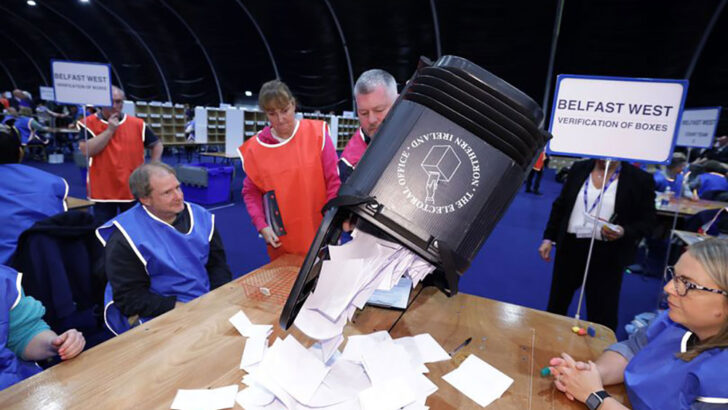We’re currently in full swing of the general election campaign, with the polling date set for Friday, November 29. In this election, the stakes are very high for the pro-life movement. In May 2023, we saw the passage at the second stage of a very extreme abortion bill, introduced by People Before Profit. This bill would expand the on-demand abortion limit from 12 weeks to 24 weeks, putting Ireland among the most extreme abortion regimes in the world. This extreme bill, which completely undermines all the promises of the 2018 referendum, must be robustly challenged. The Government needs to understand that the electorate is not supportive of a radical abortion agenda. To ensure these concerns are represented, we need to elect men and women of courage and conviction to speak up on right to life issues in the next Dáil and Seanad.
Understanding
To help ensure that pro-life voters are fully aware of the views and record of the candidates standing in their constituency, the Pro Life Campaign has produced a comprehensive voter guide. Available at www.prolifecampaign.ie voters can review the stances and records of all candidates standing in your area. It will direct pro-life voters towards the best candidates and help ensure that in the next Dáil pro-life voices are represented.
The reality is that politics is all about making compromises. Not everyone will have a “perfect candidate” in their area, and even where there is a strongly pro-life candidate the reality is that they may not be in contention with taking a seat. It’s really important that pro-life voters use their number 2, 3 and following preferences to ensure their vote doesn’t wither away and instead continues on to the next best candidate. Sometimes our vote, including low transfers, will be instrumental in keeping strong pro-abortion voices out – so it is critically important pro-life voters transfer down the ballot.
The proportional representational (PR) system that exists in Ireland allows us to vote for the candidates we most want to see elected (pro-life candidates) and tactically vote against candidates we least want to see elected (pro-abortion candidates). That’s the sole reason why the Pro Life Campaign voters’ guide provides additional information about candidates other than those who are listed as pro-life.
In the next Dáil, we’re likely to see a vote on euthanasia. We’re likely to see the Government respond to the three-year review, which made extreme recommendations to further liberalise the abortion law. Minister Stephen Donnelly even abstained on the People Before Profit bill, which he acknowledged went even further than the three-year review report. In the next Dáil, we need to ensure that the Government feels severe pressure. They need to know that if there are movements to liberalise the abortion law that they’ll have a fight on their hands. This requires the pro-life movement being visible outside and inside the Dáil.
On election day, after voting for pro-life candidates, use your preferences wisely to help ensure that the most aggressive pro-abortion campaigners do not get elected. By voting No 1. for the candidate you most want to see elected and then voting down the ballot paper to the candidate you least want to succeed, you ensure the best possible outcome in the election for the pro-life issue.
The abortion rate is spiralling, with an annual increase of approximately two thousand abortions per year. The trends are stark and we need representatives prepared to call this out. The general election will likely be our last occasion to vote on critical national issues like abortion for the next five years. We need to make sure every vote counts.


 Eilis Mulroy
Eilis Mulroy
